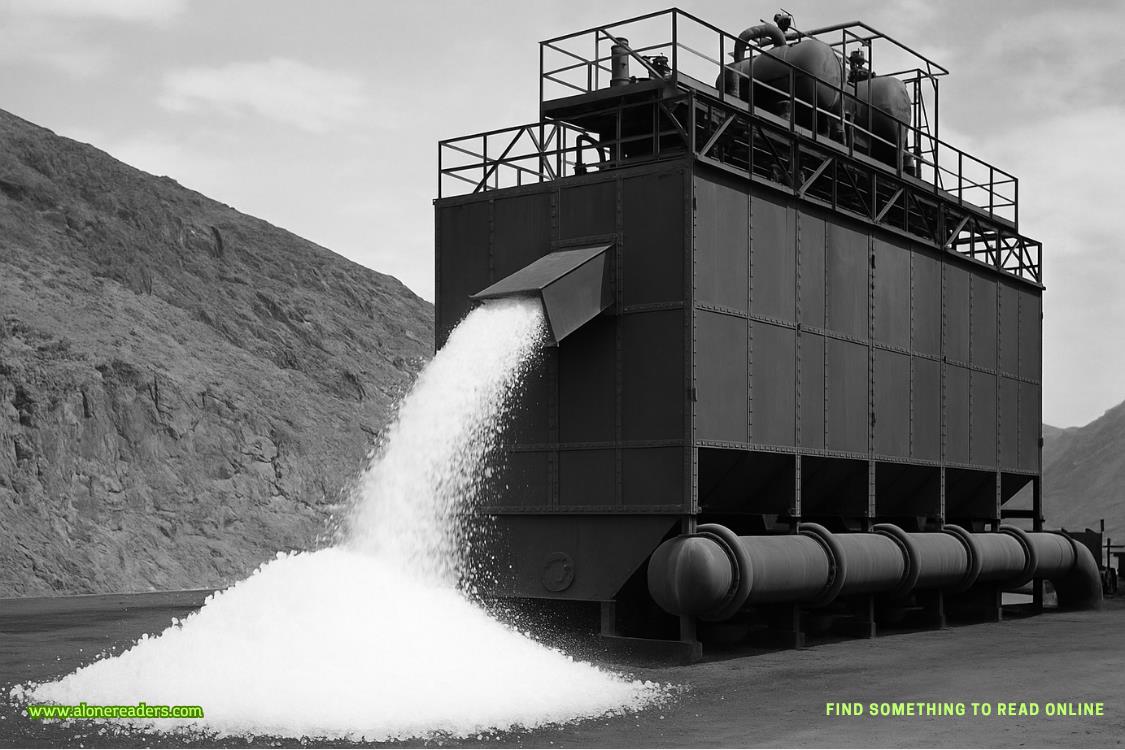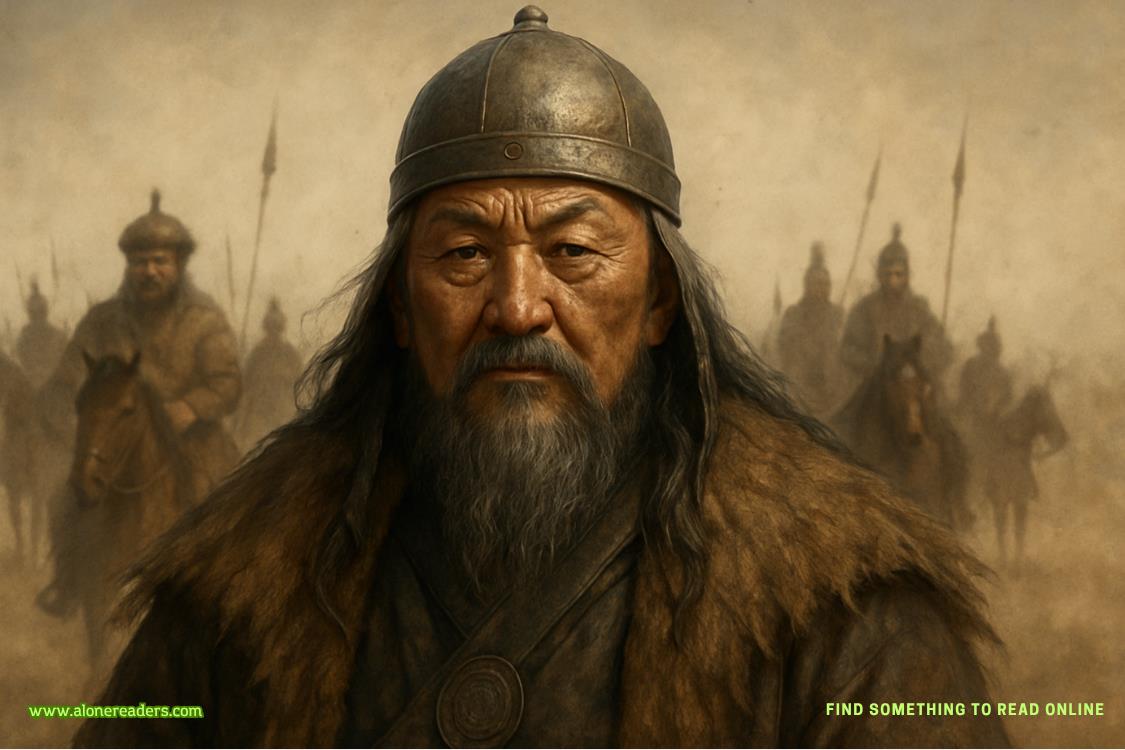“Well, fuck me runnin’,” he blurted.
“I plan on it, with or without crumbs up your bum.”
He shot me a smirk, then sat on the end of the bed and read aloud.
Startling evidence of atrocities committed by Soviet soldiers in Eastern Europe has emerged, shedding light on a grim chapter of World War II that, until recently, remained shrouded in secrecy.
A microfilm allegedly documents mass executions and targeted assassinations carried out by Stalin’s forces during their advance into Poland. The footage, described by one administration official as “unprecedented in scope,” was reportedly smuggled out of Germany after American agents narrowly escaped Soviet efforts to reclaim it.
According to sources, the film was originally compiled by a German intelligence officer who sought to use the evidence to blackmail the Soviet regime. The fate of the officer remains unclear.
A GRIM TESTAMENT TO WAR’S COST
This microfilm reveals a calculated campaign of terror waged by the Red Army as it pushed westward during the latter stages of the war. Detailed photographs are said to expose the systematic targeting of political dissidents and the wholesale slaughter of at least one entire village.
“What we see here are deliberate acts of cruelty,” said a high-ranking administration official speaking on the condition of anonymity. “This evidence is irrefutable. It paints a very different picture of the Soviet regime than Stalin claims. It shows the world who Stalin truly is.”
SECRETARY STIMSON SPEAKS
Secretary of War Henry Stimson addressed the film in a press conference late Monday, acknowledging the gravity of its contents while stopping short of confirming all the details. Stimson emphasized the importance of transparency in the postwar order.
“The film is a somber reminder that tyranny knows no boundaries,” Stimson said. “These actions, if verified, constitute crimes against humanity and challenge the very principles for which Allied forces fought during the war. TheAmerican people deserve to know what happened, and the international community must speak with one voice.”
Stimson said the film would inform US policy in its dealings with the Soviet Union, which remains a critical but uneasy ally in the reconstruction of Europe.
“These atrocities are not only a stain on history but are also warning to the free world about the dangers of unchecked power,” Stimson said.
POLITICAL RAMIFICATIONS
The release of this information is expected to strain an already fragile friendship between Washington and Moscow. While President Truman has made no official statement, sources close to the White House suggest the decision to declassify portions of the film was made to counter Soviet propaganda efforts.
“The Soviets have long claimed moral superiority, particularly in their victory over Nazi Germany’s invasion of their homeland,” said a senior aide to the President. “This film shatters that narrative and exposes the harsh realities of their occupation.”
Kremlin officials have yet to respond to the allegations.
A CALL FOR JUSTICE
These revelations come at a time when the world is grappling with the aftermath of history’s most devastating conflict. Calls for accountability grow louder, with many urging the newly formed United Nations to investigate Soviet actions and uphold principles of human rights.
“The evidence presented here demands a response,” said Eleanor Kent, a prominent human rights advocate. “If we allow these crimes to go unanswered, we risk undermining the foundations of justice and civil society.”
A NEW AGENCY
In a written statement, the White House reiterated the importance of American intelligence gathering during and after the war. The President praised American agents and officers, stating, “The men and women of our intelligence service performed valiantly in the face of the gravest dangers.”
The President further noted the need for America’s intelligence apparatus to evolve in the face of a rapidly changing global landscape. His statement pointed to instances where, “needed intelligence information was not coordinated in any one place and that the information often conflicted.”1The statement did not elaborate on specific instances; however, numerous reports by this paper have outlined as much.
The President indicated his intention to work with Congress on the formation of a Central Intelligence Agency.
Thomas stared at the paper as though the words might try to flee from the page.
“Looks like Truman’s actually going to do something, at least rattle the saber and make sure everyone sees Stalin for the bloody bully he is,” I said.
“After our meeting in the Oval, I was sure none of this would ever see the light of day.” Thomas tossed the paper aside and flopped on the bed. “What do you think this talk of a Central Intelligence Agency means?”
“Who knows? It’s your government at work, after all.”
Thomas grunted.















